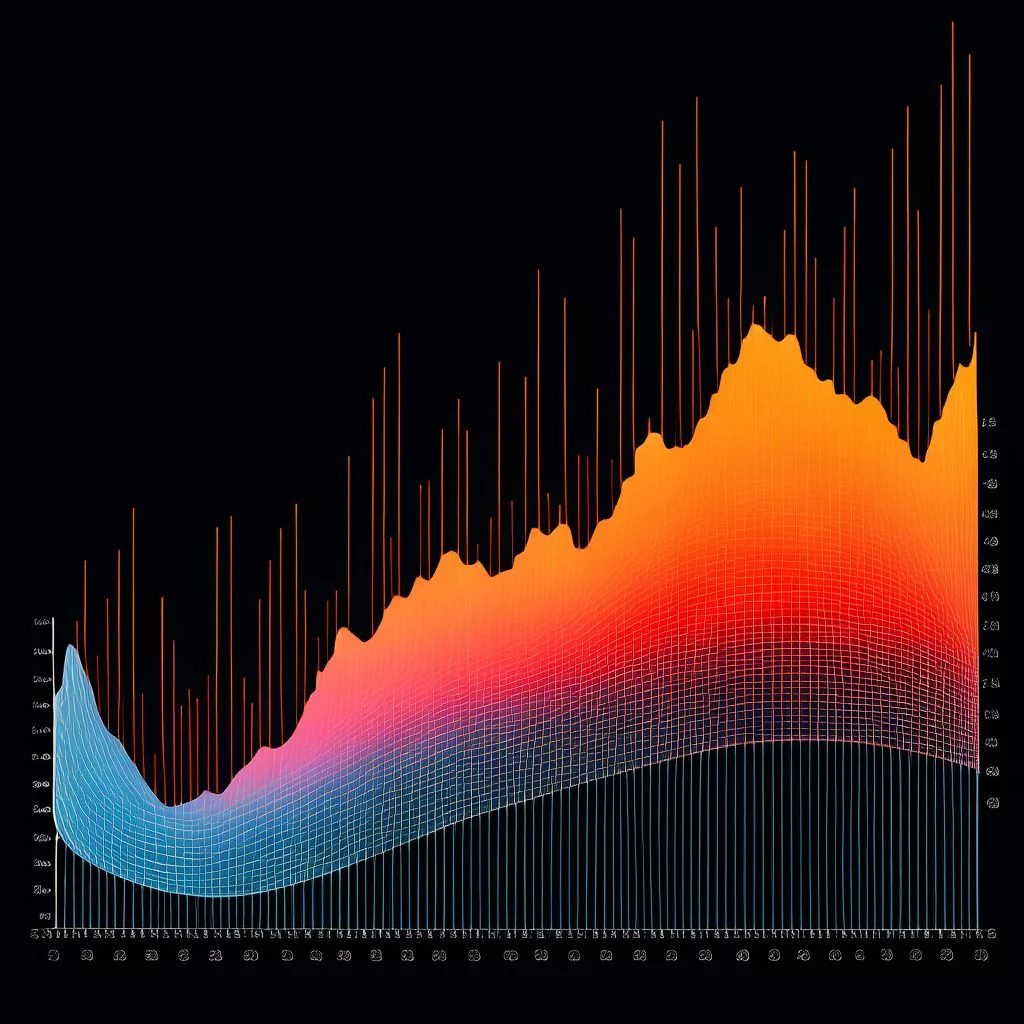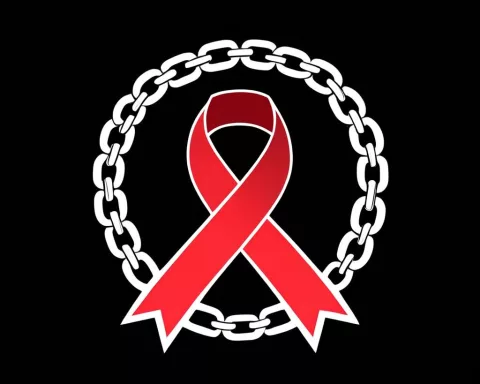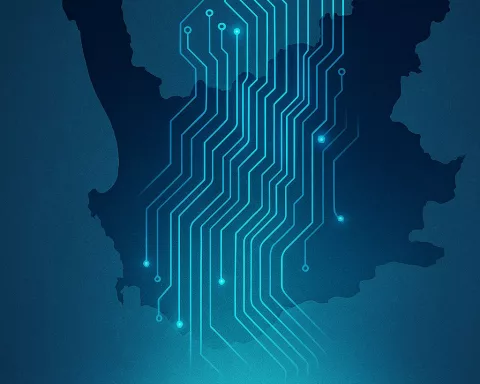Eskom is raising electricity prices in South Africa, with a hike of 12.74% starting April 1, 2025, for direct customers and 11.32% from July 1, 2025, for municipal customers. This price increase is part of a plan to help Eskom stabilize its finances amid ongoing challenges. As electricity costs rise, consumers will feel the pinch, especially in a country with high unemployment and inequality. To adapt, Eskom is changing its pricing structure to balance fixed and variable costs, encouraging solar use and smarter energy consumption. These changes aim to create a more sustainable energy future for all South Africans.
What is the Eskom tariff hike for 2025?
Eskom’s tariff hike for 2025 is a 12.74% increase for direct Eskom consumers starting April 1, 2025, and an 11.32% rise for municipal customers beginning July 1, 2025. This adjustment is part of a multi-year pricing framework aimed at stabilizing Eskom’s finances amidst ongoing challenges.
Eskom Tariffs and the Impact on Consumers
In a critical move impacting millions across South Africa, the National Energy Regulator of South Africa (Nersa) has given the green light to the Eskom Retail Tariffs and Structural Adjustment (ERTSA) for the year 2025. This decision, highlighted in a recent announcement, mandates a 12.74% uptick in electricity costs for direct Eskom consumers starting on April 1, 2025. Municipal customers will similarly face a minimum 11.32% rise from July 1, 2025. The staggered implementation reflects the different fiscal calendars: Eskom’s financial year runs from April to March, whereas municipalities follow a July to June schedule. Nersa explained, “The difference in percentage is due to the different implementation dates of Eskom direct customers and municipalities buying from Eskom.”
The structured adjustment underscores Eskom’s need to secure full revenue within its fiscal year while highlighting the complex issues of public utility pricing amidst persistent financial struggles in the energy sector. As municipalities revise their budgets to incorporate these hikes, local assessments and additional municipal charges may lead to varied effects on consumers.
The Multi-Year Pricing Framework and Financial Stability
The approved price hikes are part of a broader multi-year price determination (MYPD6) framework formulated by Nersa. This scheme aims to aid Eskom in navigating its complicated financial landscape. According to this framework, electricity prices will increase incrementally: 12.74% in 2025, 5.36% in 2026, and 6.19% in 2027. This incremental approach provides Eskom a roadmap to stabilize its finances while offering consumers a measure of predictability in their future energy expenses.
Franc Gray, co-founder of the solar energy platform Glint, weighed in on these developments. He observed that Eskom is shifting from a consumption-based model to a more balanced approach separating fixed and variable costs. Gray noted, “Historically, grid users paid a small connection fee while the bulk of their costs came from unit consumption. However, as solar adoption increases, Eskom’s infrastructure must still be maintained despite reduced individual reliance on the grid. This necessity has driven several key changes.”
Gray explained that the new structure includes heightened fixed charges inversely related to grid usage. Solar users who draw fewer units from the grid will experience higher connection fees, ensuring that all grid-connected customers contribute to infrastructure maintenance. Moreover, Eskom is tweaking unit pricing based on peak and off-peak hours to better reflect the actual cost of electricity supply. Users capable of shifting their electricity use to off-peak periods stand to benefit financially. Solar users, especially, can optimize costs by leveraging battery storage or selective grid access.
Broader Trends and Historical Context
Eskom’s revised pricing strategy aligns with broader historical and technological trends. The Industrial Revolution centralized power generation, leading to a consumption-based pricing model. However, the rise of renewable energy sources, particularly solar, is disrupting this paradigm. Eskom’s new pricing structure mirrors a global trend in the energy sector towards more dynamic and adaptable pricing models.
South Africa has faced significant hurdles in its electricity sector, marked by frequent load shedding and Eskom’s financial woes. The utility’s debt has reached unsustainable levels, necessitating government intervention and prompting a need for a more sustainable financial model. By adjusting tariffs and introducing new pricing structures, Eskom aims to create a more resilient and financially stable framework.
However, the social and economic impacts of these changes are substantial. Given South Africa’s high unemployment rate and economic inequality, even modest increases in electricity prices can have significant repercussions on households. Policymakers and municipalities must carefully navigate these challenges, balancing the need for financial stability at Eskom with the socioeconomic realities faced by ordinary South Africans.
Navigating the Future: Technology and Policy
The adoption of new technologies, such as smart meters and demand response systems, can help mitigate some of these impacts. These technologies provide consumers with real-time data on their electricity usage, enabling more flexible consumption patterns and empowering households to manage their energy costs more effectively. Additionally, government subsidies and targeted support for low-income households can help cushion the impact of rising electricity prices.
In an artistic sense, the evolution of energy infrastructure reflects broader societal changes. Just as the Impressionist movement in the late 19th century captured the transient effects of light and color, the current energy sector transformation embodies a shift towards capturing the variable nature of renewable energy sources. This analogy highlights the interconnectedness of technological, economic, and cultural developments in shaping our world.
Nersa’s approval of ERTSA for 2025 marks a significant milestone in South Africa’s energy landscape. The decision encapsulates the complexities of managing a public utility in a challenging financial environment while reflecting broader historical and technological trends. The road ahead will undoubtedly involve further adjustments and refinements as South Africa continues to balance financial stability, technological innovation, and social equity.
By understanding and adapting to these evolving circumstances, stakeholders can better manage the impacts on South African society, ensuring that the transition to a more sustainable and efficient energy framework benefits all.
FAQ
What is the Eskom tariff hike for 2025?
Eskom’s tariff hike for 2025 includes a 12.74% increase for direct Eskom consumers starting April 1, 2025, and an 11.32% rise for municipal customers beginning July 1, 2025. This adjustment aims to help stabilize Eskom’s finances amid ongoing challenges.
Why are the price hikes staggered for direct consumers and municipal customers?
The staggered implementation reflects the different fiscal calendars: Eskom’s financial year runs from April to March, while municipalities follow a July to June schedule. As a result, direct Eskom customers will experience the increase first, followed by municipal customers.
How will the new pricing structure affect solar users?
Eskom is shifting to a pricing model that separates fixed and variable costs. Solar users may face higher connection fees despite drawing fewer units from the grid. This change ensures that all grid-connected customers contribute to infrastructure maintenance, reflecting the increased adoption of solar energy.
What are the future tariff increases planned after 2025?
Under the multi-year pricing framework (MYPD6), electricity prices are set to increase incrementally by 5.36% in 2026 and 6.19% in 2027. This structured approach helps Eskom stabilize its finances while providing consumers with a predictable outlook on energy costs.
How can consumers manage the impact of rising electricity prices?
Consumers can mitigate the impact of rising prices by using technologies such as smart meters and demand response systems, which provide real-time data on energy usage. Additionally, shifting electricity use to off-peak hours can lead to cost savings, especially for those leveraging solar energy and battery storage.
What measures are being considered to support low-income households amid rising prices?
To cushion the impact of rising electricity prices on low-income households, policymakers and municipalities may consider implementing government subsidies and targeted support programs. These measures aim to balance the need for Eskom’s financial stability with the socioeconomic realities faced by vulnerable communities in South Africa.












